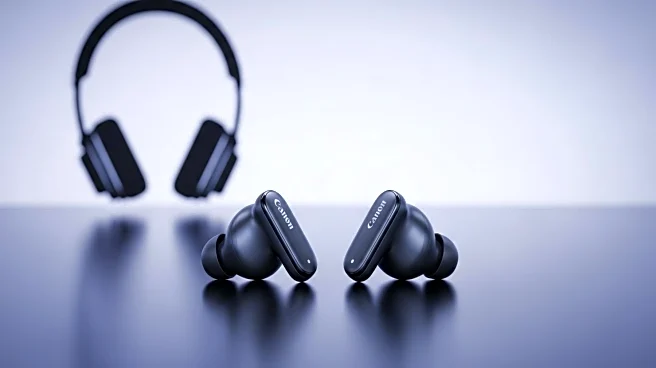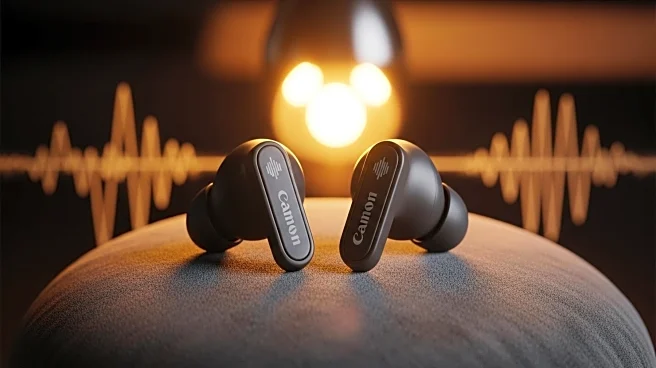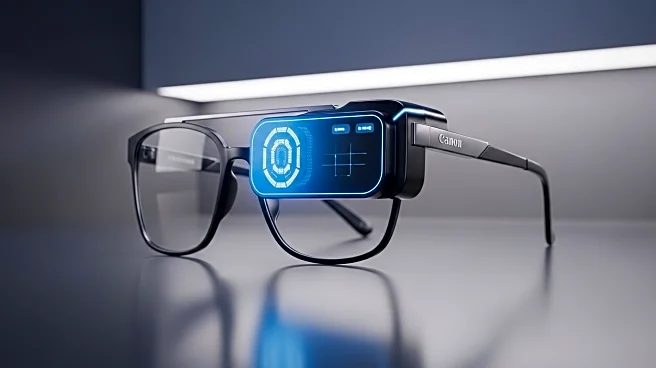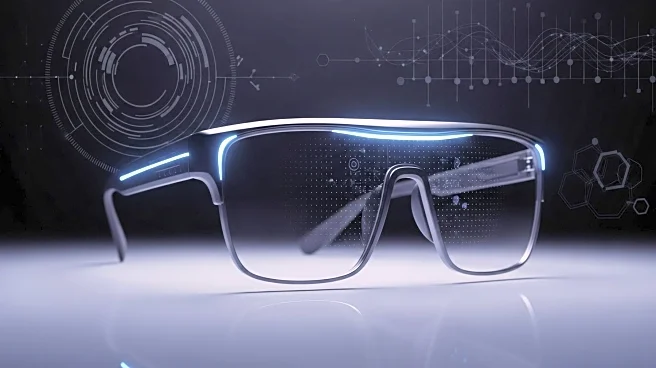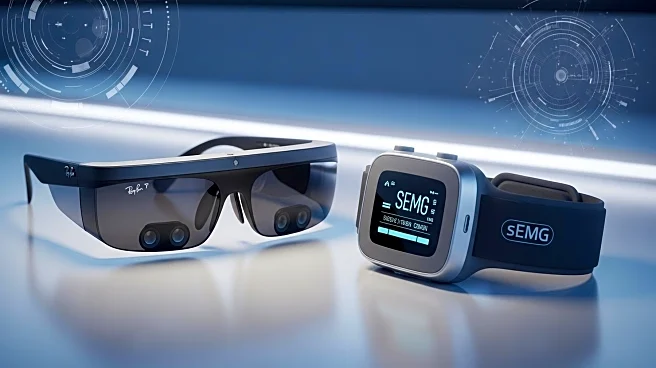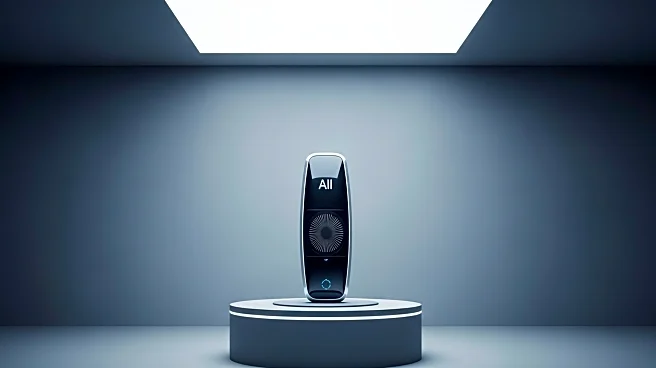What's Happening?
Tech startup Nothing has launched its new Ear 3 wireless earbuds, priced at $179, which aim to address common issues with microphone quality in wireless earbuds. The Ear 3 features a distinctive clear plastic cover and an aluminum bottom enclosure, which includes a lanyard loop, a microphone next to the USB-C port, and a 'Talk' button. This button activates the 'Super Mic' feature, designed to isolate the user's voice for clearer call quality. The earbuds also include three microphones per bud, bone-conduction technology, and a voice pickup unit to improve voice call quality and reduce background noise. The Ear 3 is an evolution from Nothing's previous models, offering larger 12mm drivers for enhanced bass and treble.
Why It's Important?
The introduction of the Ear 3 by Nothing addresses a significant pain point for users of wireless earbuds: poor microphone quality during calls. By improving voice isolation and call clarity, Nothing's Ear 3 could set a new standard in the wireless earbuds market, potentially influencing other manufacturers to enhance their microphone technology. This development is particularly relevant for professionals and consumers who rely on earbuds for communication in noisy environments. The improved sound quality and reduced distortion also enhance the overall listening experience, making the Ear 3 a competitive option in the market.
What's Next?
The Ear 3 earbuds are available for preorder and will be released on September 25. While the 'Super Mic' feature works with several conferencing apps, its compatibility with popular content creation apps like TikTok and Instagram is currently limited. Future updates may expand app support, depending on consumer demand and developer interest. As Nothing continues to innovate, the success of the Ear 3 could lead to further advancements in wireless audio technology.
Beyond the Headlines
The Ear 3's design, featuring aluminum elements, reflects a shift towards more premium aesthetics in tech products. This could influence consumer expectations and drive competitors to adopt similar design philosophies. Additionally, the focus on microphone quality highlights the growing importance of communication features in personal audio devices, potentially leading to broader industry changes.

